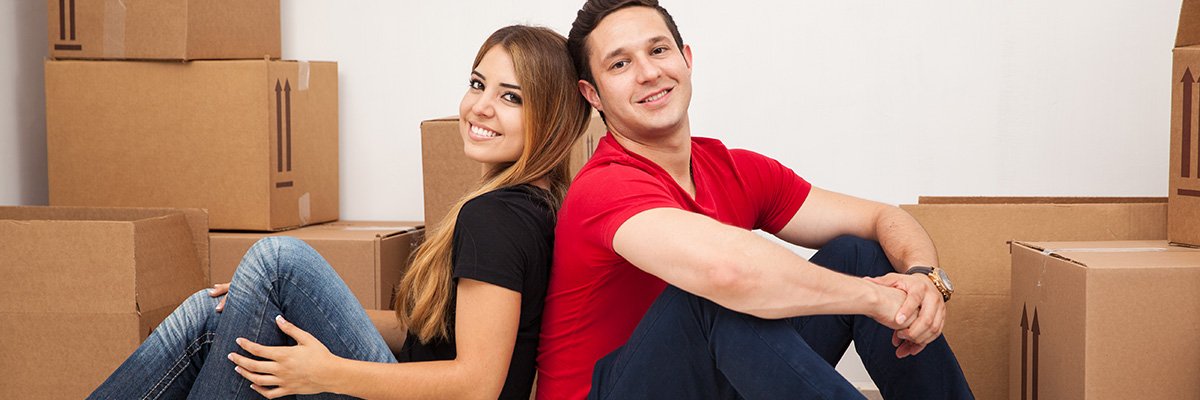Safe Vase Storage Tips
Posted on 01/04/2025
Vases are often cherished for their aesthetic appeal and sentimental value. Proper storage is crucial to maintaining their beauty and ensuring they remain unscathed over time. Whether you have a small collection of antique vases or a large assortment of everyday pieces, knowing how to store them safely is essential. This comprehensive guide will explore various safe vase storage tips, ensuring your treasured items remain in pristine condition.
Why Proper Vase Storage is Important
Vases come in various materials such as glass, porcelain, ceramic, and even metal. Each material has its unique properties and storage needs. Improper storage can lead to chips, cracks, discoloration, or complete breakage. Given the delicate nature of most vases, paying attention to storage conditions can extend their life and preserve their value.

Choosing the Right Storage Environment
Choosing the right storage environment is the first step in storing vases safely. Key factors to consider include temperature, humidity, and light:
- Temperature: Avoid extreme temperatures as they can cause materials like glass and porcelain to expand and contract, leading to cracks over time. Aim for a stable, moderate temperature.
- Humidity: High humidity can damage certain materials such as metal, which might rust, or cause mold growth on ceramic surfaces. A dehumidifier can help control the humidity in the storage area.
- Light: Direct sunlight can cause fading, especially in painted or colored vases. Consider using UV-protective covers or placing vases in darker areas to prevent degradation from light exposure.
Preparing Vases for Storage
Before placing your vases in storage, proper preparation is required:
- Cleaning: Clean vases thoroughly to remove dust, dirt, and residue. Use a mild detergent suitable for the vase material and dry completely before storing.
- Packing: Use soft packing materials such as bubble wrap, foam inserts, or microfiber cloths. Wrap each vase individually to provide cushioning and prevent contact with other items.
- Labeling: Label each package with the vase description and any special handling instructions. This step is especially useful if you have a large collection.
Choosing the Right Storage Container
The choice of storage container can significantly impact the safety of your vases:
- Boxes: Sturdy, rigid boxes offer great protection. Use dividers to prevent vases from knocking against each other.
- Crates: Wooden or plastic crates can be an excellent choice for larger, heavier vases. Ensure the crate is lined with a soft material.
- Custom Shelving: Custom shelving with individual compartments can offer both storage and display solutions, keeping vases accessible yet secure.
Safe Vase Storage Practices
Implement these safe storage practices to ensure the longevity of your vases:
- Stacking: Never stack vases on top of one another. The weight and pressure can cause breakage. Always store vases upright.
- Spacing: Ensure adequate spacing between vases to prevent accidental collisions. Use padding between items when necessary.
- Securing: Secure vases in place to prevent tipping. This is particularly important in areas prone to tremors or accidental bumps.
Regular Checks and Maintenance
Periodically check on stored vases to ensure their continued safety:
- Inspection: Regularly inspect vases for signs of damage, such as cracks or mold. Address any issues immediately to prevent further deterioration.
- Cleaning: Dust and clean vases periodically even if they are in storage. This helps in maintaining their appearance and preventing buildup.
- Repacking: Over time, packing materials may degrade. Replace packing materials as needed to ensure continued protection.
Transporting Vases Safely
If you need to transport vases to a new storage location, follow these guidelines:
- Secure Packing: Ensure each vase is securely packed in protective wrapping and placed in a sturdy box with padding.
- Handling: Handle vases with care, avoiding any sudden movements or bumps.
- Vehicle Considerations: Use a vehicle with ample space and ensure boxes are secured to prevent shifting during transit.
- Unpacking: When unpacking, carefully inspect each vase for damage. Place them in a suitable storage environment promptly.
The Role of Inventory Systems
An inventory system can be highly beneficial for managing vase collections:
- Cataloging: Create a detailed catalog of your vases, including descriptions, photos, and storage locations. This aids in keeping track of the items and their condition over time.
- Condition Records: Regularly update condition records, noting any changes or required maintenance.
- Accessibility: Having an organized inventory system makes it easier to locate specific vases and allows for better management of the collection.

Tips for Displaying Vases Safely
If displaying vases is preferred instead of storing them out of sight, follow these tips to ensure safety while showcasing your collection:
- Stable Surfaces: Place vases on stable, flat surfaces to prevent tipping. Use nonslip mats if necessary.
- Adequate Spacing: Ensure there is enough space between vases to avoid accidental knocks.
- Secure Shelves: Use sturdy, wall-mounted shelves with lips or edges to prevent vases from falling off.
- Protection from Elements: Ensure that displayed vases are protected from excessive sunlight and moisture.
Conclusion
Storing vases safely requires thoughtful consideration and attention to detail. By carefully selecting the right environment, preparing vases properly, and choosing suitable storage containers, you can ensure the longevity and preservation of your collection. Incorporating regular maintenance and utilizing inventory systems can significantly enhance your management of vases. Whether you choose to store them out of sight or display them proudly, these safe vase storage tips will help keep your cherished items in optimal condition for years to come.





